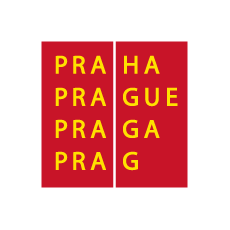SOČR & Volkov & Bartoš
The concert will take place without an audience in the hall.
You can watch the live broadcast of the concert as well as two dozen others on our website for free.
Pre-concert talks has been canceled.
Programme
- Alexander Zemlinsky: Sinfonietta Op. 23
- Sergei Prokofiev: Concerto for Piano and Orchestra No. 1 in D flat major Op. 10
- Igor Stravinsky: Jeu de cartes, ballet in three deals
Performers
- Prague Radio Symphony Orchestra
- Ilan Volkov – conductor
- Jan Bartoš – piano
Watch now!
ALEXANDER ZEMLINSKY (1871–1942), between 1911 and 1927 the music director of the opera ensemble of Prague’s New German Theatre, left an equally distinctive imprint in this city also in his capacities as a teache at the German Academy of Music, conductor of symphony concert productions, and respected composer. In 1927 he left Prague to take up a new post, at Berlin’s Kroll Opera House, then the most progressive opera stage in German-speaking parts of Europe. Lamentably, in 1931 the already expanding national socialist movement achieved the company’s disbandment. Two years later Hitler became Reichskanzler, whereupon Zemlinsky lost any chance for furthering his career in Germany and returned to his native Vienna. His Sinfonietta, Op. 23 was written between March and July 1934, and its world premiere took place in Prague. It was mounted by Zemlinsky’s friend, and from 1916-1923 music director of the New German Theatre, Heinrich Jalowetz (1881–1946), who himself was forced out of his post as theatre conductor in Cologne after Hitler’s rise to power, and subsequently was granted asylum in then still free Czechoslovakia. The Sinfonietta was performed during a charitable concert given on 11 March, 1935 at the large hall of Lucerna Palace, with the participation of the New German Theatre Orchestra.
The composition can be regarded as a kind of Zemlinsky’s personal cryptic message, using motifs from his String Quartet No. 2 from the song cycle to poems by Maurice Maeterlinck, and most notably a quotation from the opera Der Kreidekreis, premiered in Zurich in October 1933. The Reich’s Music Chamber then proved “benevolent” enough to allow the opera to be staged in four German cities, before imposing a ban on any further productions. An eloquent passage of the text underlies the very fragment quoted in the music of the Sinfonietta: “Lock the cage! Keep close watch over the house! Or else the bird will fly the coop!” TheSinfonietta’s opening movement, featuring “supply distinctive themes and unusually colourful orchestration”, is a “waltz-like fantasy of sharp contrasts between structure and speeds, the second part is a ballad carrying a lyric echo of Mahler’s solemn compositions, and the final rondo is a joyfully dynamic movement with dominant rushing march-like elements”, wrote a Prague critic of the time (Leo Schleissner, Bohemia, 12/03/1935).
On June 8 of the same year, the Sinfonietta was performed by the Vienna Symphony Orchestra, with the composer conducting, in a concert broadcast live by radio. Under the impression of listening to it, Alban Berg wrote in a complimentary letter to Zemlinsky: “Once again a work embued with such absolute palette, such structural purity. The authentic Zemlinsky tone […] which I love so much.” The music publishers Universal Edition still managed to produce a printed edition of the score, but thereafter the work’s subsequent performances continued to be prevented for a long period due to the enforcement of the Nazi Nuremberg Laws. By then Europe as a whole ceased to be safe, so in autumn 1938 Zemlinsky left the continent, along with many others (including the Brno-born conductor Heinrich Jalowetz). The Sinfonietta was relaunched onto the concert circuit in 1940, by Dimitri Mitropoulos with the New York Philharmonic, and it was again on radio waves that it reached a formidably wide audience. Eventually, the broadcast even led to the subsequent re-establishment of contacts between artists who had previously, in Europe, lived and worked in proximity of one another. Arnold Schoenberg then telegraphed to Zemlinsky from Los Angeles: “I have just heard your amazing Sinfonietta. I do hope it will mark bhe beginning of your American triumph.” Lamentably, he was wrong. Though the United States granted Zemlinsky asylum, he did not live to see his career successfully resuscitated in America. He died in New York in March 1942.
Vlasta Reittererová
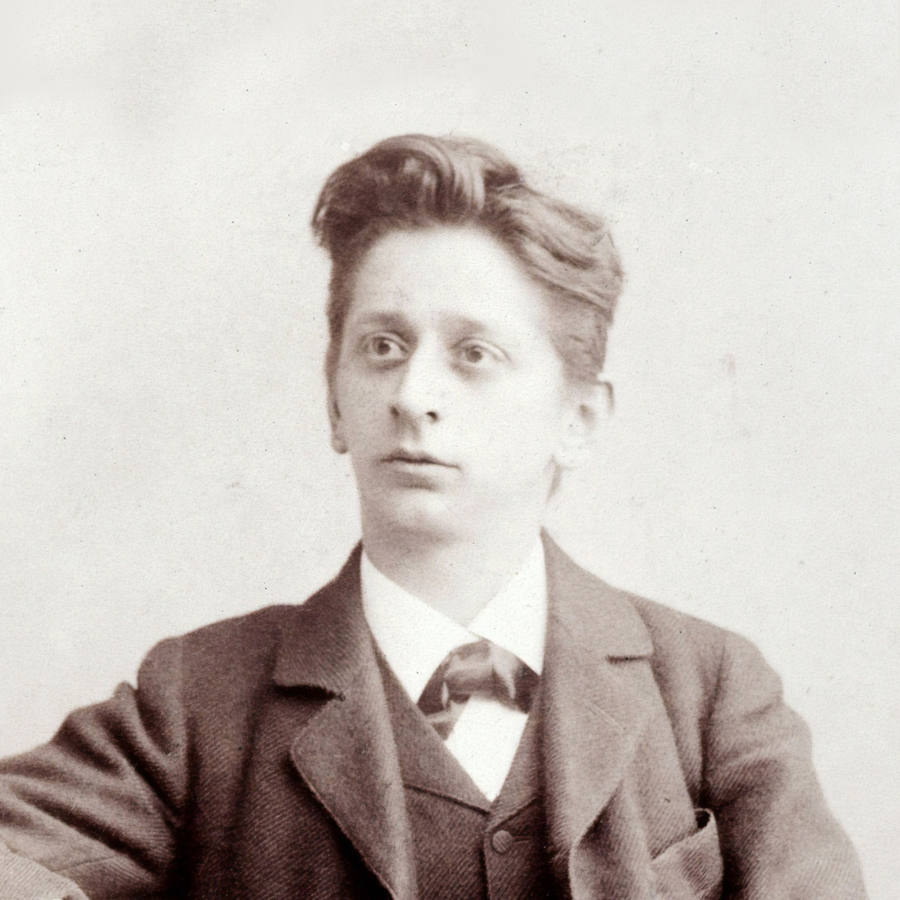
In 1911, as a student of the St Petersburg Conservatoire, SERGEI PROKOFIEV (1891–1953) had his first piano works published by the famous Moscow publishing house P. Jurgensen. Emboldened by the event, the young composer went on to create the first of his five piano concertos in 1911–12. Piano Concerto No. 1 in D flat major, Op. 10 was later described by the composer in his memoirs as “the first more-or-less mature work with regard to new musical ideas and formal structure”. In Prokofiev’s own words, what is new is “the audial relation of the piano and the orchestra, and, in the formal dimension, the repetition of the introduction of the sonata Allegro after the exposition, the concise Andante before the development, and the development itself, which replaces the Scherzo, and the return of the introductory theme in the beginning of the reprise as a cadenza. Although the form can be said to be a mere sequence of individual episodes, these are all quite closely related.”
The structure of the concerto, which Prokofiev thus briefly described, can also be interpreted as an implementation of the principle of the Baroque three-movement form with contrasting tempos (fast – slow – fast); the distinctive introductory theme with the octaves in the piano, mentioned by the composer, acts as a refrain in the work. The single-movement structure references the synthesising form first applied by Franz Liszt in his Piano Sonata in B minor, in which the sonata cycle is condensed into a seamless flow of music. Harsh chordal harmonies, exacting rhythms, and motoric motion, use of the piano’s percussive features, those are all elements that will come to characterise Prokofiev’s specific style. The premiere took place in Moscow on 15 July 1912, with the solo performed by the composer himself.
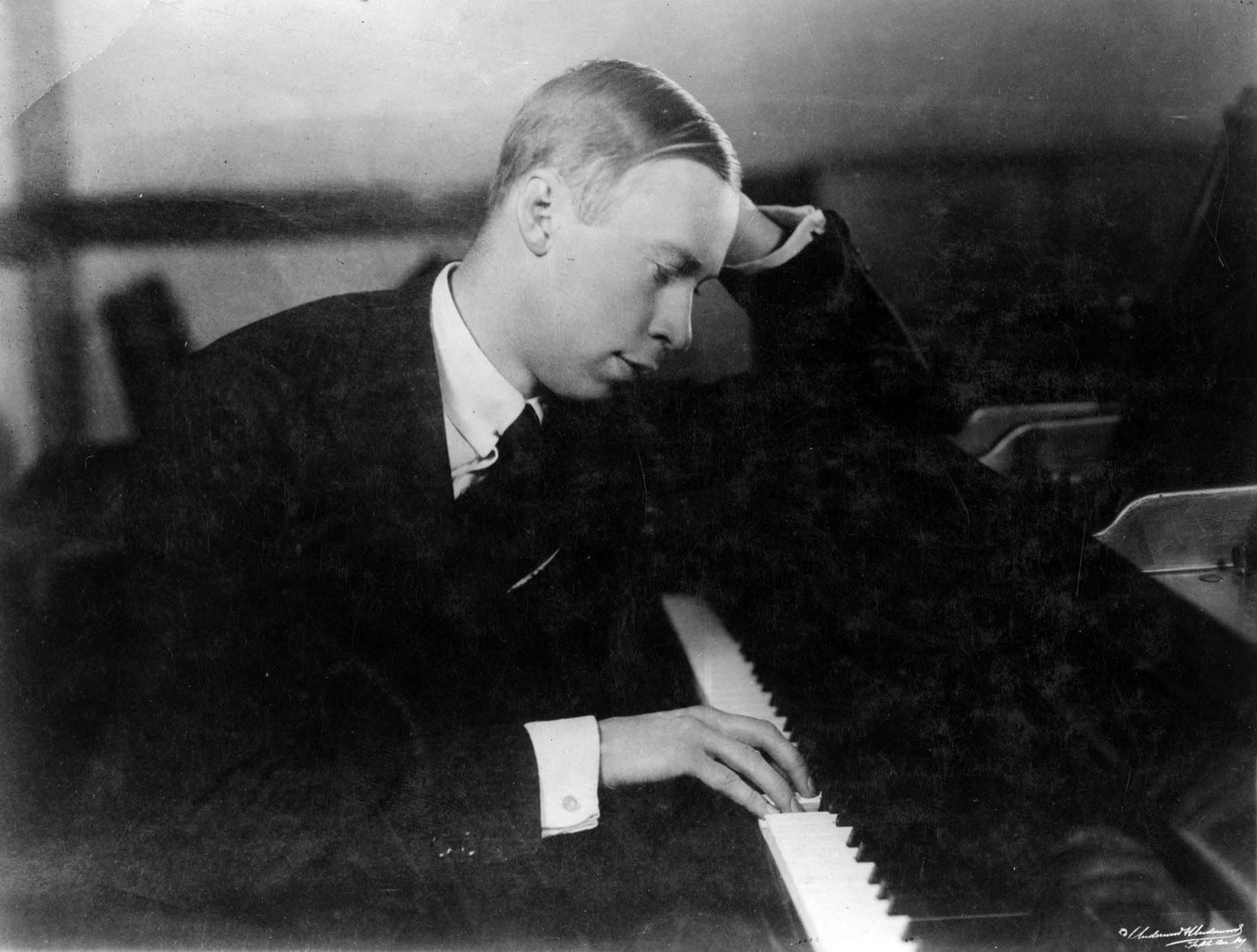
Ballet Jeu de cartes (A Card Game) by IGOR STRAVINSKY (1882–1971) was written in 1937 for the choreographer George Balanchine (1904–1983), a Paris acquaintance of the composer from the 1920s and an erstwhile member of Sergei Diaghilev’s famous Ballets Russes. Balanchine immigrated to New York in 1934, where he and his newly founded American Ballet strove to establish independent ballet performances at the Metropolitan Opera (with little initial success). One of the works with which he tried to persuade the Met’s management of his proposals was the three-act ballet A Card Game. The libretto was co-written by both artists – Balanchine and Stravinsky.
The premiere was held at the Metropolitan Opera on 27 April 1937 and was conducted by Stravinsky in person. The dancers represent poker cards, with the Joker in a fool’s costume attempting all kinds of intrigue. But the Joker is defeated, and the third “deal” culminates in a victory for the Hearts. The jestful nature of the production was highlighted by the fact that the Joker was danced by William Dollar (1907–1986), whose name was well suited to the symbolic loss in a gambling game. Stravinsky also plays with the composition. He was said to be an avid poker player himself, and his music is highly suggestive of the gestures and tensions of the game, which escalate right up to the final triumph of the Hearts.
Following the New York premiere, Stravinsky gave the ballet a motto from one of Jean de La Fontaine’s fables: “Continual war must be waged on evil men. Peace in itself is good, we know. I agree; but what will happen then If we deal with a faithless foe?” The ballet received its European premiere at the Dresden Opera on 13 October 1937, under the baton of Karl Böhm and with choreography by the prominent modern dance artist Valeria Kratina (1892–1983).
As in the case of Stravinsky’s other ballets, the music of A Card Game is able to stand on its own, and its jest can be conveyed purely by sound. Stravinsky parodies or directly quotes other composers (C. M. Weber, Verdi, Ravel, Strauss’s Die Fledermaus, the overture to Rossini’s The Barber of Seville), but as a whole “it is clearly and utterly Stravinsky”, the Dresden critics wrote. “He lets us glimpse his cards only at his own whim.”Sensuous rhythms, simple melodies and harmonies, characteristically sober instrumentation, and humour are able to “captivate even those who cannot play poker.”
Vlasta Reittererová
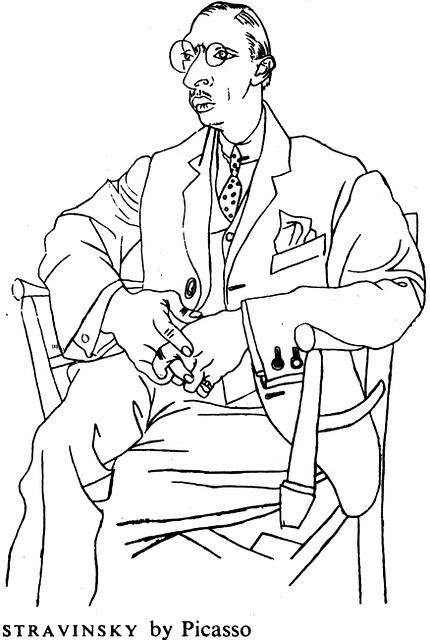

Ilan Volkov
The Israeli conductor ILAN VOLKOV, known for his literally voracious bent for experimenttion in all musical domains, has been fittingly described as “a blur of manic energy, a font of curiosity and advocacy deftly navigating the bureaucratic layers of classical music institutions in order to interrupt the status quo from within …” (National Sawdust, Brooklyn).
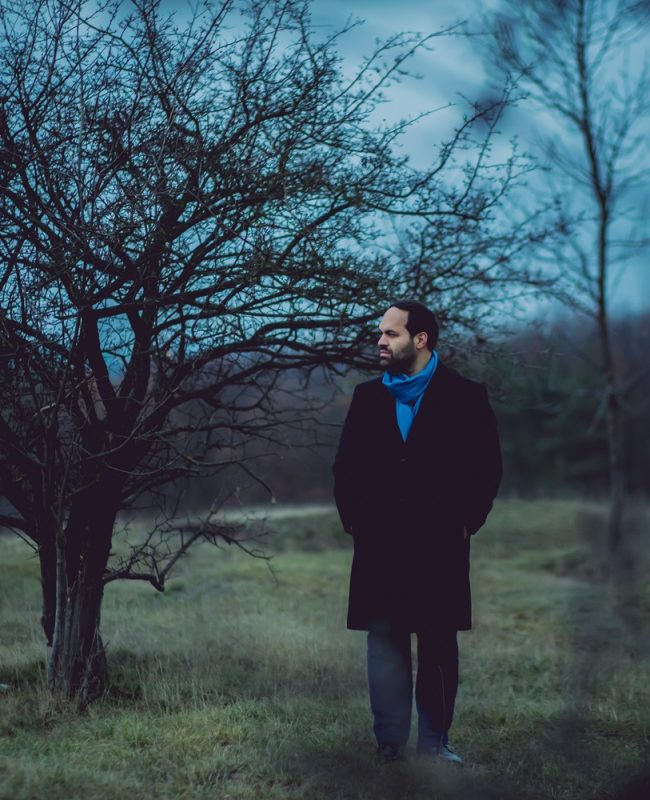
Jan Bartoš
Jan Bartoš’s recent released CD on Supraphon, performing Vítězslav Novák’s Piano Concerto in E minor, with Jakub Hrůša and the Prague Radio Symphony Orchestra (PRSO), has been critically acclaimed internationally. Voted London’s The Guardian newspaper’s Classical Album of the Week and The Month’s Best Albums in September 2020, who wrote of Bartoš’s expressive gifts that the Novák concerto crammed with hefty bravura solo “is dispatched on the recording by Jan Bartoš with suitable muscularity”. Stretto classical magazine wrote, “the music is brilliantly performed by both, the soloist and the conductor.“ And London’s The Sunday Times highlighted the CD as “worth knowing in Hrůša and Bartoš’s idiomatic performances.“ Bartoš’sJanáček CD, selected as the Gramophone Editor’s Choice, noted Bartoš draws listens into “Janáček’s compelling sound world, music both exposed and somehow personal, lines and details delivered from the very beginning with imagination and deep thought.“ Bartoš’s Janáček CD was further selected among 10 Classical Albums To Usher In The Next Decade by the National Public Radio, USA. Furthermore, Bartoš’s Beethoven double album received a high 5-star review in the BBC Music Magazine, stating that “everything in this recording is outstanding … The Arietta of Op. 111 is here gorgeous beyond words.“
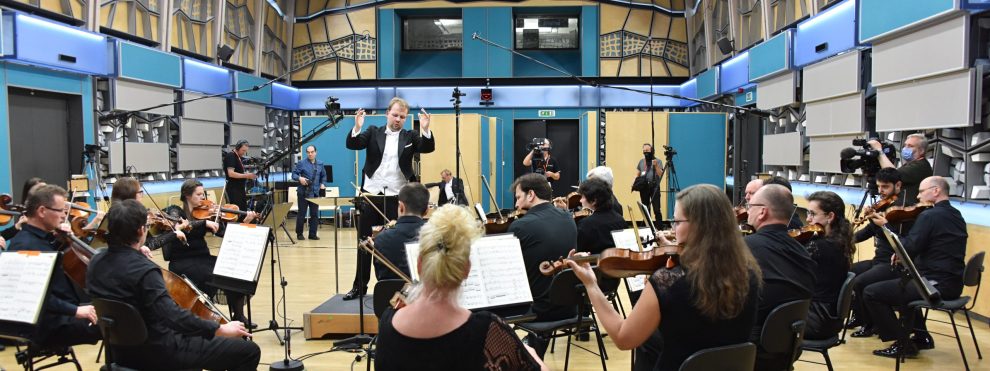
Prague Radio Symphony Orchestra
The PRAGUE RADIO SYMPHONY ORCHESTRA is one of the country’s finest and oldest orchestras. Its history dates back to the year 1926 and the early years of Radiojournal broadcasting. After 1945 the ensemble was transformed into a major symphony orchestra, led by a series of eminent chief and regular conductors. Vladimír Válek stood at the helm of the orchestra for a record twenty-six years (1985–2011); Ondrej Lenárd had headed SOČR since the 2011/2012 season. Since 2018/2019 season, the orchestra is led by Chief Conductor Alexander Liebreich, and Marek Šedivý has been engaged as the Principal Guest Conductor.




